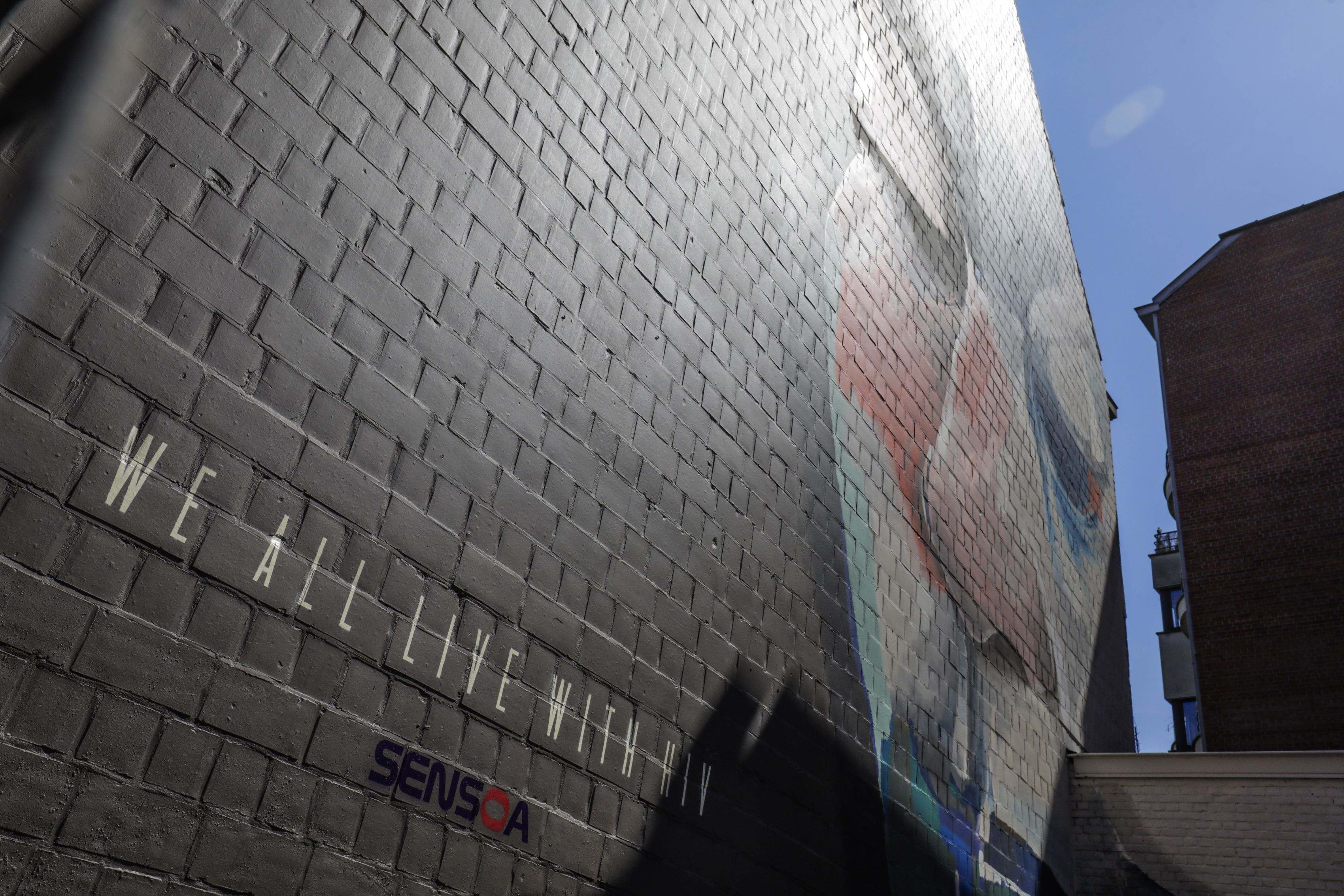Rise in HIV diagnoses among Belgian men

The number of HIV diagnoses in Belgian men continues to increase, Sciensano reports. The health institute says additional measures are needed to control the spread of the virus, particularly in Brussels.
There were 662 new HIV diagnoses in Belgium in 2024, an average of 1.8 per day. The figure is 2 per cent more than the previous year. Those diagnosed have diverse profiles, says Sciensano. However, it mainly affects Belgian men who have sex with other men, and heterosexual men and women from sub-Saharan Africa.
In 2024, 332 new HIV diagnoses were made among people who identify as heterosexual, a 3 per cent increase compared to the previous year.
Among Belgian women, the number remained stable, while a decrease was observed among other nationalities. Among men, an increase was observed, particularly among Belgians, where the number rose by one-third.

Among men who have sex with men (MSM), 289 cases were detected, the same figure as in 2023. However, a 15 per cent increase was observed among Belgians in this category compared to 2023.
Brussels remains disproportionately affected, with a diagnosis rate almost three times higher than the national average. A similar trend is also observed for other sexually transmitted infections, says Sciensano.
To curb the spread of the virus, Sciensano stresses the importance of action on multiple fronts and with multiple prevention strategies: condom use, regular testing, treatment to prevent sexual transmission and preventive medication.
"We need to know more about who these people are and what opportunities they missed to get information on prevention"
The institute recommends addressing structural barriers such as social norms, peer pressure and cultural beliefs about sexuality. It also advises introducing a more intensive HIV testing strategy in highly affected areas.
Sensoa, the Flemish expertise centre for sexual health, is making extra efforts to raise awareness of PrEP, the medication that prevents transmission of HIV, and urges the government to make additional efforts to make it more accessible, for instance through GPs.
“We need to know more about who these people are and what opportunities they missed to get information on prevention,” the organisation said.
A mural by artist Larsen Bervoets for Sensoa in Antwerp © BELGA PHOTO THIERRY ROGE
Related news

